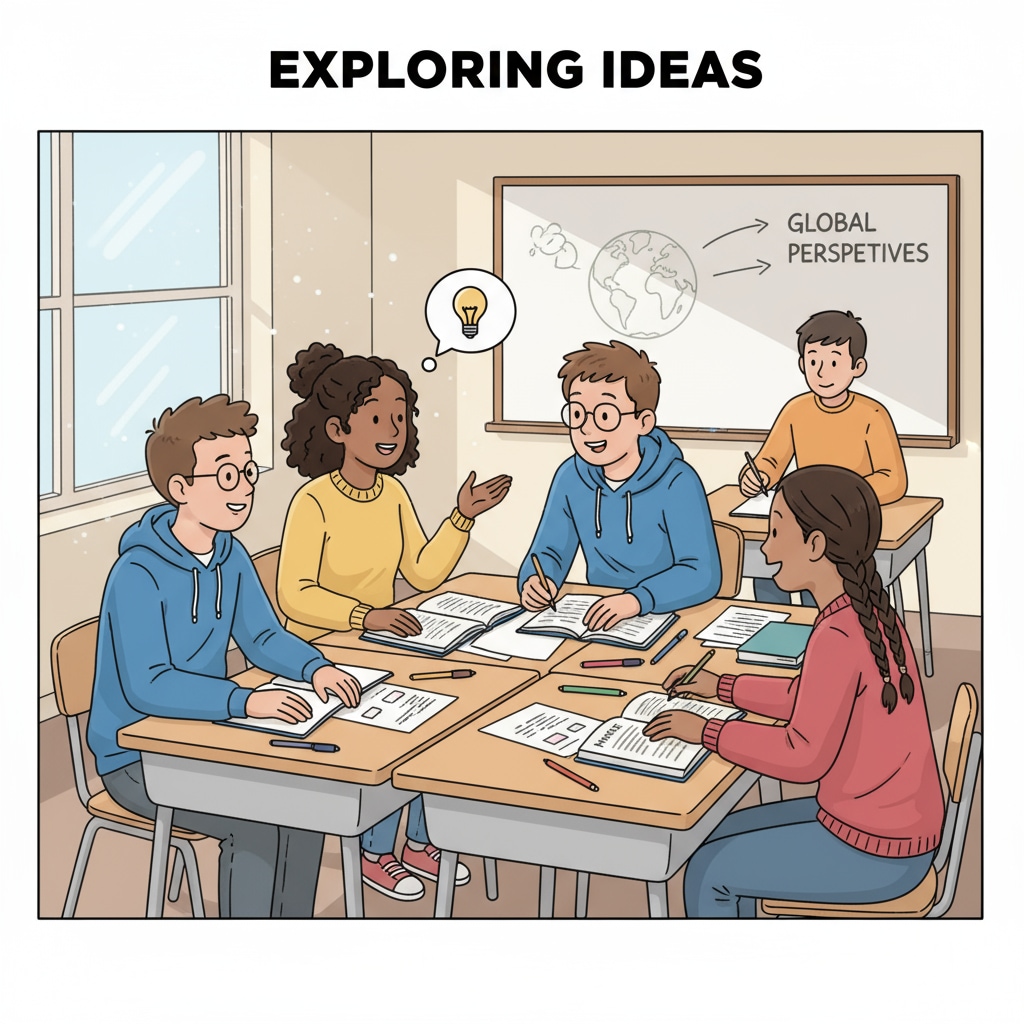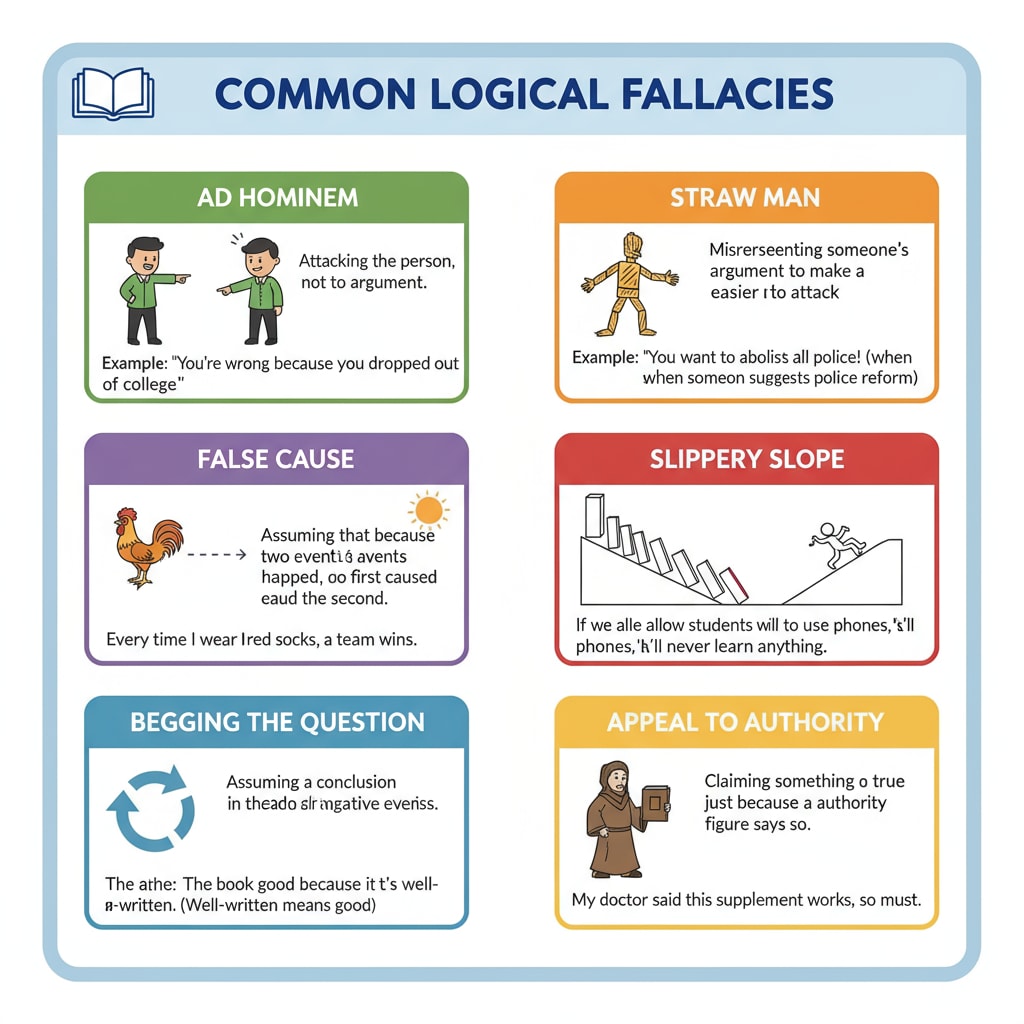In today’s information-saturated world, logical fallacies, critical thinking, and propaganda recognition have become essential skills for high school students. As they are bombarded with a vast amount of information from various sources, the ability to identify and avoid logical fallacies is crucial.

This is where the idea of incorporating logical fallacy education into high school courses comes into play.
The Prevalence of Logical Fallacies in Information
Logical fallacies are everywhere in the information we consume daily. They are errors in reasoning that can mislead us into believing something that may not be true. For example, advertisers often use the “appeal to emotion” fallacy to manipulate consumers. By tugging at people’s heartstrings, they can make them buy products that they may not actually need. According to Wikipedia’s page on logical fallacies, there are numerous types of fallacies, each with its own way of distorting the truth. High school students, being at a stage where they are forming their own opinions, are especially vulnerable to these fallacies.

The Role of Critical Thinking in Combating Fallacies
Critical thinking is the key to recognizing and overcoming logical fallacies. It involves analyzing information, questioning assumptions, and evaluating evidence. When students are taught critical thinking skills as part of logical fallacy education, they become more discerning consumers of information. They can look beyond the surface of what they are presented with and dig deeper to find the truth. As stated on Britannica’s page on critical thinking, critical thinking empowers individuals to make informed decisions. In the context of high school, this means students can better assess the validity of arguments in academic discussions, debates, and even in their daily lives.
Moreover, critical thinking helps students develop their own arguments in a more logical and coherent manner. Instead of relying on faulty reasoning, they can construct well-supported claims that are based on evidence and sound logic.
Readability guidance: Here we see how two important aspects, the prevalence of fallacies and the role of critical thinking, are intertwined. By understanding the common fallacies and honing critical thinking skills, students can be better equipped to handle the information they encounter. We will now move on to explore how this education can help with propaganda recognition.
Propaganda Recognition through Logical Fallacy Education
Propaganda often makes use of logical fallacies to spread ideas and influence people’s opinions. By teaching students to identify logical fallacies, we are essentially giving them the tools to recognize propaganda. For instance, the “bandwagon fallacy,” where something is presented as true or good because many people believe or do it, is commonly used in propaganda. Students who are educated in logical fallacies can see through such tactics and not be swayed by false or manipulative messages.
This ability to recognize propaganda is not only important for personal decision-making but also for being an informed and responsible citizen. In a democratic society, citizens need to be able to analyze political and social messages critically to make the right choices. Logical fallacy education in high school can contribute to this by nurturing a generation of students who are less likely to be misled by propaganda.
In conclusion, logical fallacies, critical thinking, and propaganda recognition are all interconnected. Incorporating logical fallacy education into high school courses is not just an option but a necessity. It equips students with the skills they need to navigate the complex world of information, make informed decisions, and become active and responsible members of society.


